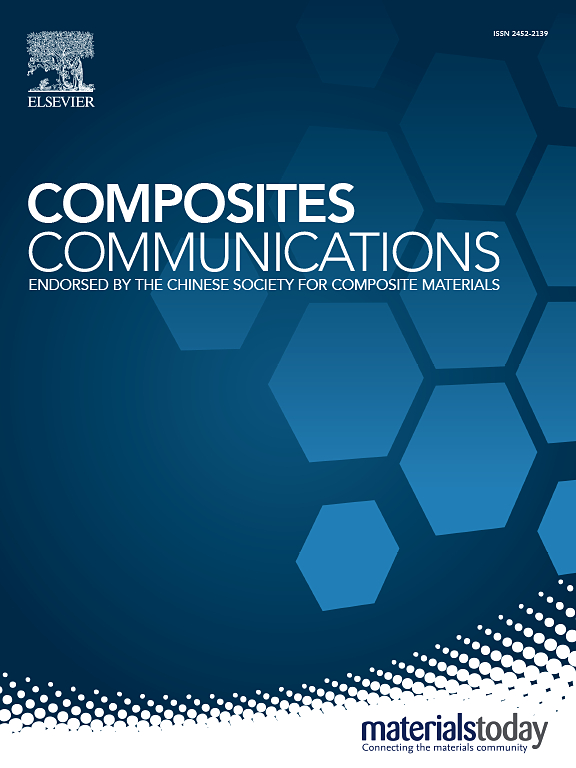Effects of interfacial strength and failure modes on the tension-tension fatigue performance of high-toughness CF/EP composites
IF 6.5
2区 材料科学
Q1 MATERIALS SCIENCE, COMPOSITES
引用次数: 0
Abstract
Carbon fiber (CF) reinforced epoxy (EP) composites have excellent tension-tension fatigue performance and are suitable for blade and rotor structures. Interfacial debonding is one of the typical damage modes in the tension-tension fatigue of CF/EP composites. In this article, the relationship between interfacial shear strength (IFSS) and interfacial failure period as well as tension-tension fatigue performance of CF/EP composites was thoroughly characterized and discussed. By changing the composition of EP, IFSS of CF/EP composites was adjusted. There was no direct correlation between changes in IFSS and changes in one million cycle fatigue strength of CF/EP composites. In order to further study the mechanism of fatigue damage of composites in depth, acoustic emission and scanning electron microscope were used to elucidate the period of interface failure and the mechanism of interface action in the fatigue process. The results indicate that changes in IFSS affect the crack propagation mechanism, thereby affecting the fatigue performance of the composite material. This research provides empirical evidence on the interface damage mechanism during the tension-tension fatigue process of CF/EP composite materials, which could be a guide for the component design of high-toughness composite systems for aerospace applications.

求助全文
约1分钟内获得全文
求助全文
来源期刊

Composites Communications
Materials Science-Ceramics and Composites
CiteScore
12.10
自引率
10.00%
发文量
340
审稿时长
36 days
期刊介绍:
Composites Communications (Compos. Commun.) is a peer-reviewed journal publishing short communications and letters on the latest advances in composites science and technology. With a rapid review and publication process, its goal is to disseminate new knowledge promptly within the composites community. The journal welcomes manuscripts presenting creative concepts and new findings in design, state-of-the-art approaches in processing, synthesis, characterization, and mechanics modeling. In addition to traditional fiber-/particulate-reinforced engineering composites, it encourages submissions on composites with exceptional physical, mechanical, and fracture properties, as well as those with unique functions and significant application potential. This includes biomimetic and bio-inspired composites for biomedical applications, functional nano-composites for thermal management and energy applications, and composites designed for extreme service environments.
 求助内容:
求助内容: 应助结果提醒方式:
应助结果提醒方式:


